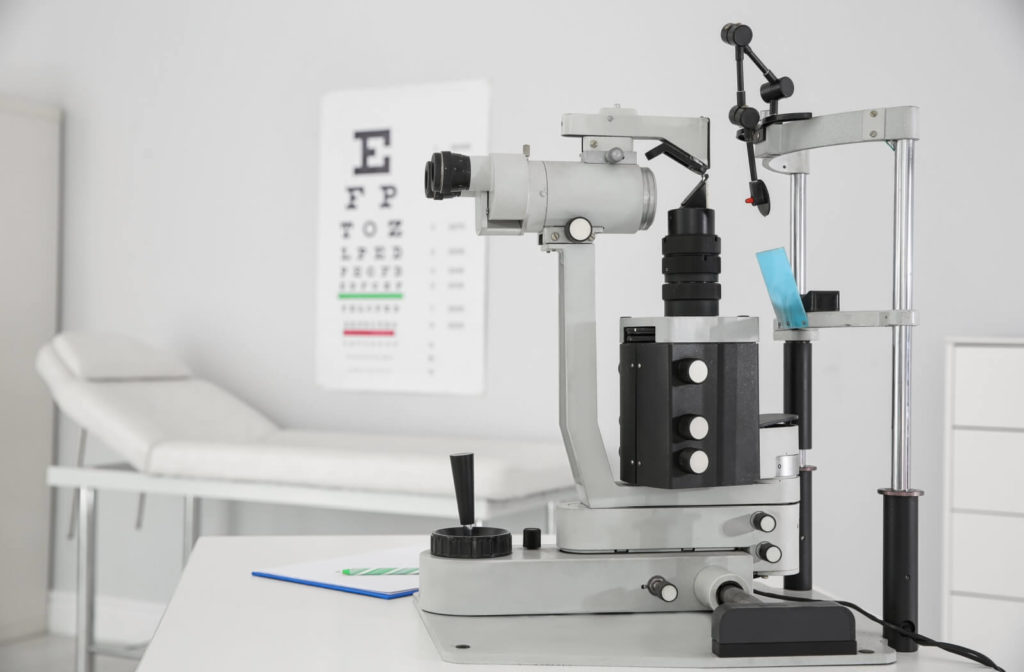Whether you’re considering bringing a new partner into your optometry practice or getting ready to sell it, you’ll need to know what your practice is worth. But how can you tell? There isn’t a one-size-fits-all answer for determining a valuation because each practice is unique.
There are multiple methods, such as revenue stream or capitalization of earnings, to arrive at a practice value. But it’s also essential to understand what variables could affect the value, such as the market, location of your practice, the economy, or renovation needs.
Hiring a professional to assist in valuing your practice is a good idea in most cases. But by the end of this article, you should have a confident grasp on the basics of optometry practice valuing.
The Nitty Gritty of Practice Valuation
There isn’t a single best way to value your optometry practice. Several methods can reach similar results. Each method views your business through a unique lens that allows you to highlight its strengths and future state.
Revenue Stream
Using the revenue stream method when determining the value of your practice is one of the more simple options. But this simplicity can sometimes show an inaccurate picture if there are outside factors, such as a business location or renovation needs.
To use the revenue stream method, you’ll need to have some information on your practice, like the gross revenue. Then, a percentage is chosen for the calculation based on outside factors that either increase or decrease the value.
The calculation is to simply multiply your chosen percentage by the annual revenue. For example, an established practice in a prime location with an annual revenue of $700,000 could be valued at 70% of the revenue. So, to calculate the value, our formula is 700,000 multiplied by 0.70. Based on the revenue stream method, this gives a practice value of $490,000.
Capitalization of Earnings
The capitalization of earnings method of valuing an optometry practice depends on your adjusted earnings and the capitalization rate. Your adjusted earnings are essentially the amount a practice earned in a year minus a salary. The capitalization rate makes up the risk level of continuing that level of cash flow.
For example, a well-established practice in a good area may have a lower capitalization rate than a freshly opened clinic in a similar area.
To reach a value for an optometry practice with this rate, your formula will be as follows: Adjusted earnings divided by capitalization rate equals the business value.
Net Plus Assets
Some businesses get their value entirely from the services provided. However, an optometry clinic will typically have more value than simply how much revenue is coming in. So, the net plus assets method is one way to account for the value of the practice’s physical assets.
The average adjusted profit plus physical asset value gives you the practice value. The state of your equipment, inventory, and furnishings are all things to consider when using this method.
Debt Service Model Method
Most people take out sizable mortgages and loans to open or purchase an optometry practice or have investors. Debt should also be considered when valuing a business because a practice’s ability to service that debt while maintaining healthy cash flow is important.
The annual adjusted earnings multiplied by 10 minus a 5% interest rate over 10 years can provide the value for a practice whose assets are financed.

Other Things That Can Affect Your Practice Value
Many different things can affect a practice’s value, from the equipment you own to the staff you employ. 4 significant things that can affect a practice valuation are:
- Market conditions: Ultimately, the market determines a business’s value. A strong seller’s market typically offers you the highest value for your practice. Unfortunately, selling can’t always wait until favorable market conditions.
- Size & locations: A bigger practice will typically be worth more than a smaller one. More equipment, more doctors, and more patients can all be benefits of a larger practice. But if it’s not in a good location, size may not matter. Both of these should be considered together.
- Assets: Some optometrists opt to rent or lease equipment rather than buy it outright. In many cases, this makes good business sense. But when it comes to selling, fewer owned assets could affect the practice valuation.
- Profitability: “Does the practice make money?” This will likely be one of the first questions a potential buyer will ask. In addition to servicing debt and paying staff, a profitable business will help with the value numbers.
Find Out More from Total Vision
It can be relatively easy to begin forming an idea of what your practice is worth. However, if you want more information about your options, our experts can help. Give our team a call at Total Vision. We’ll answer the questions we can and help you find answers for the rest.



